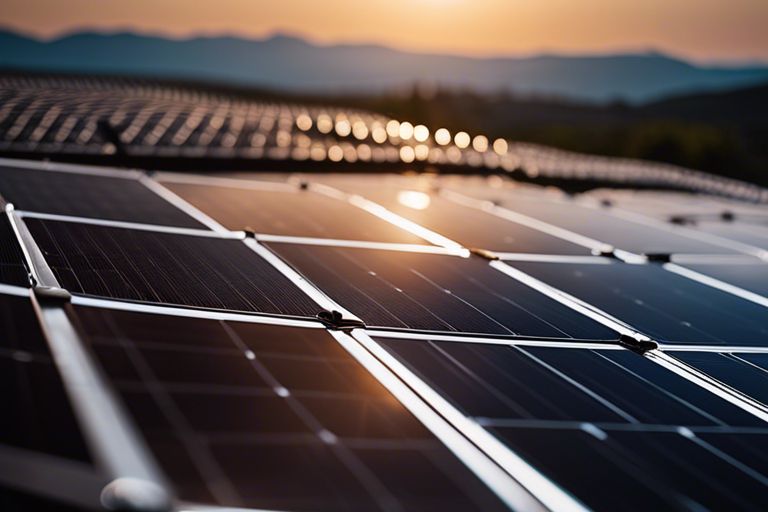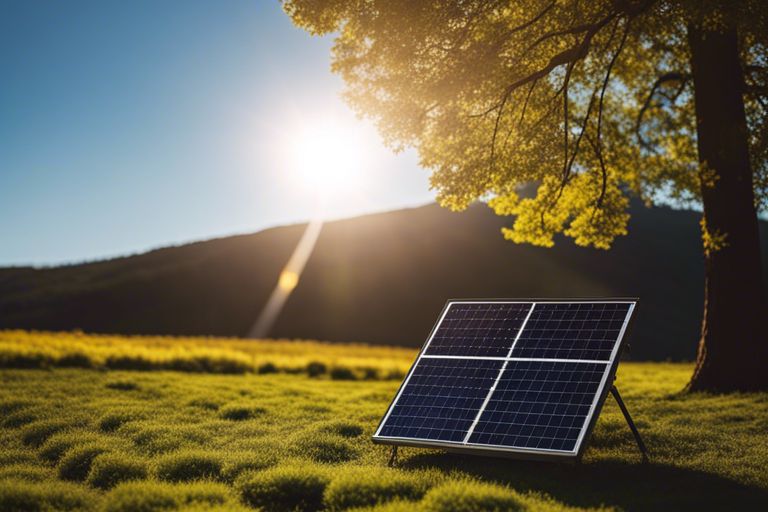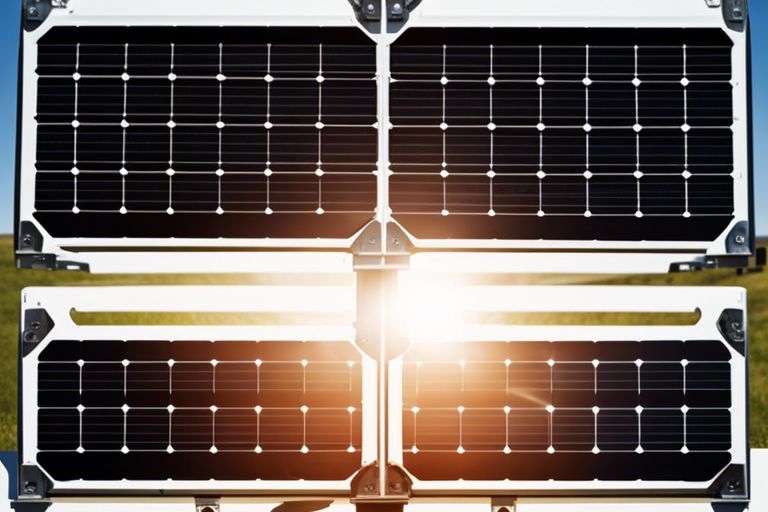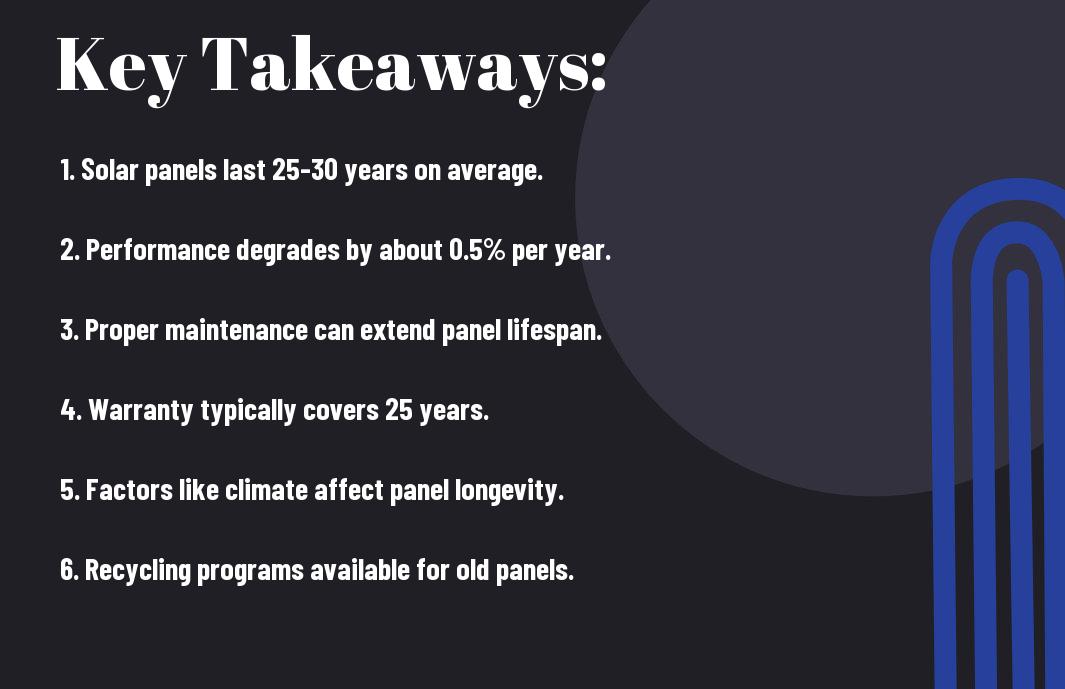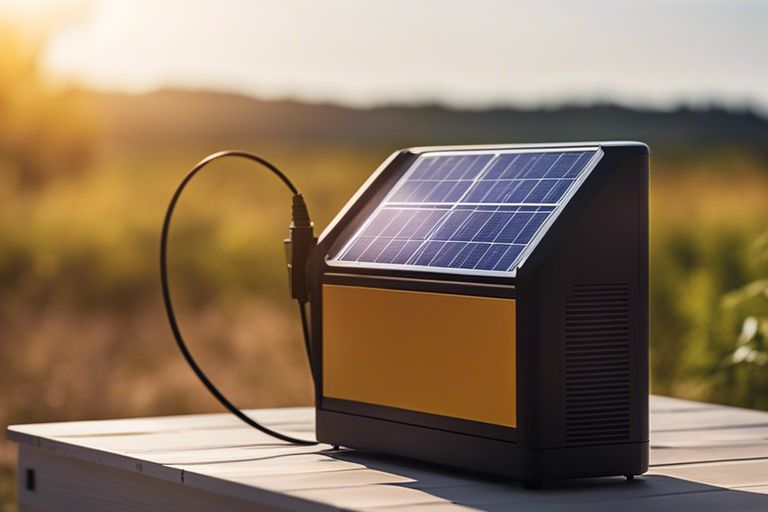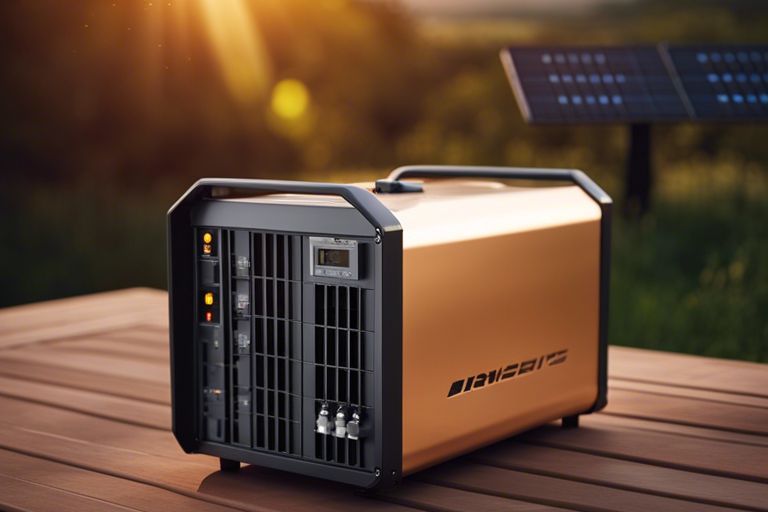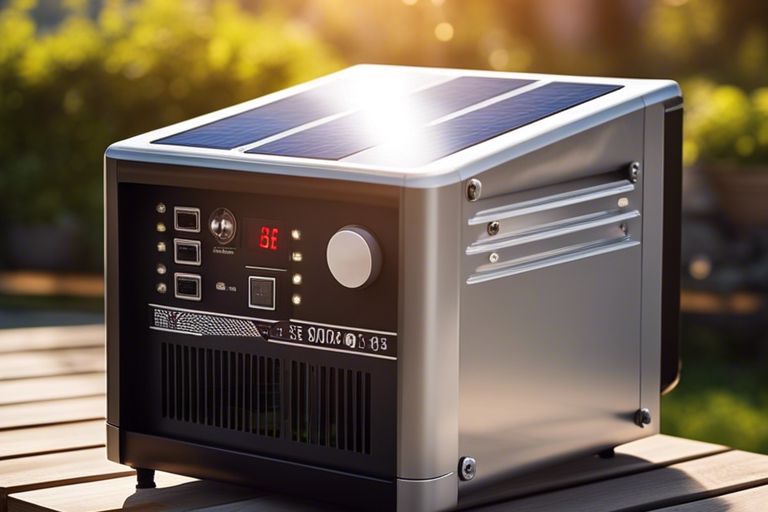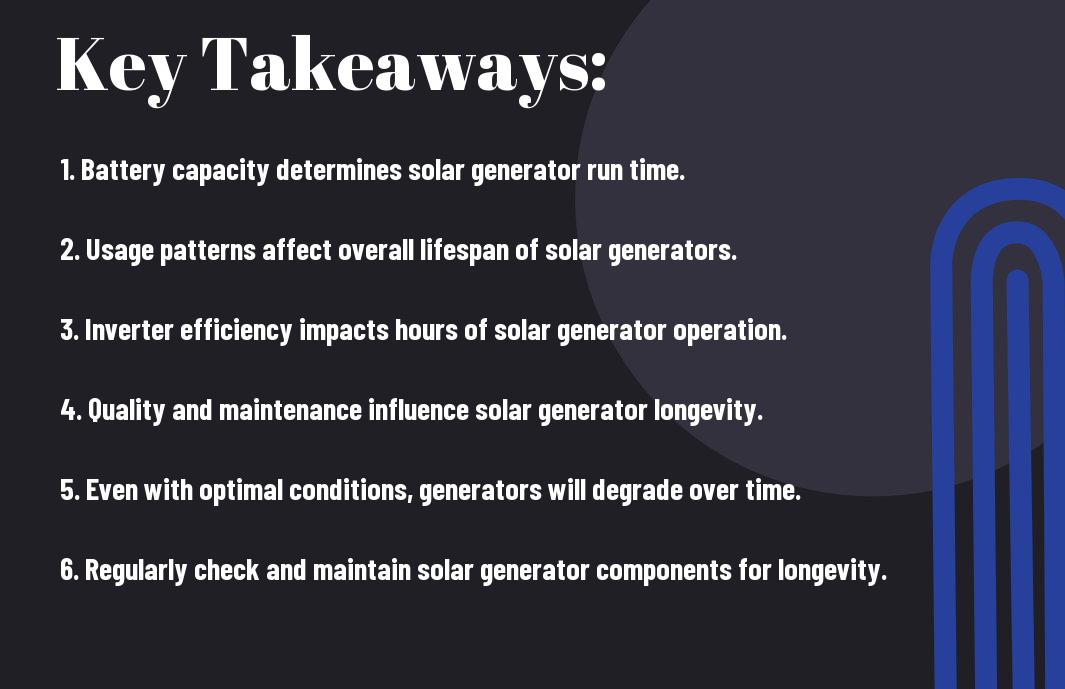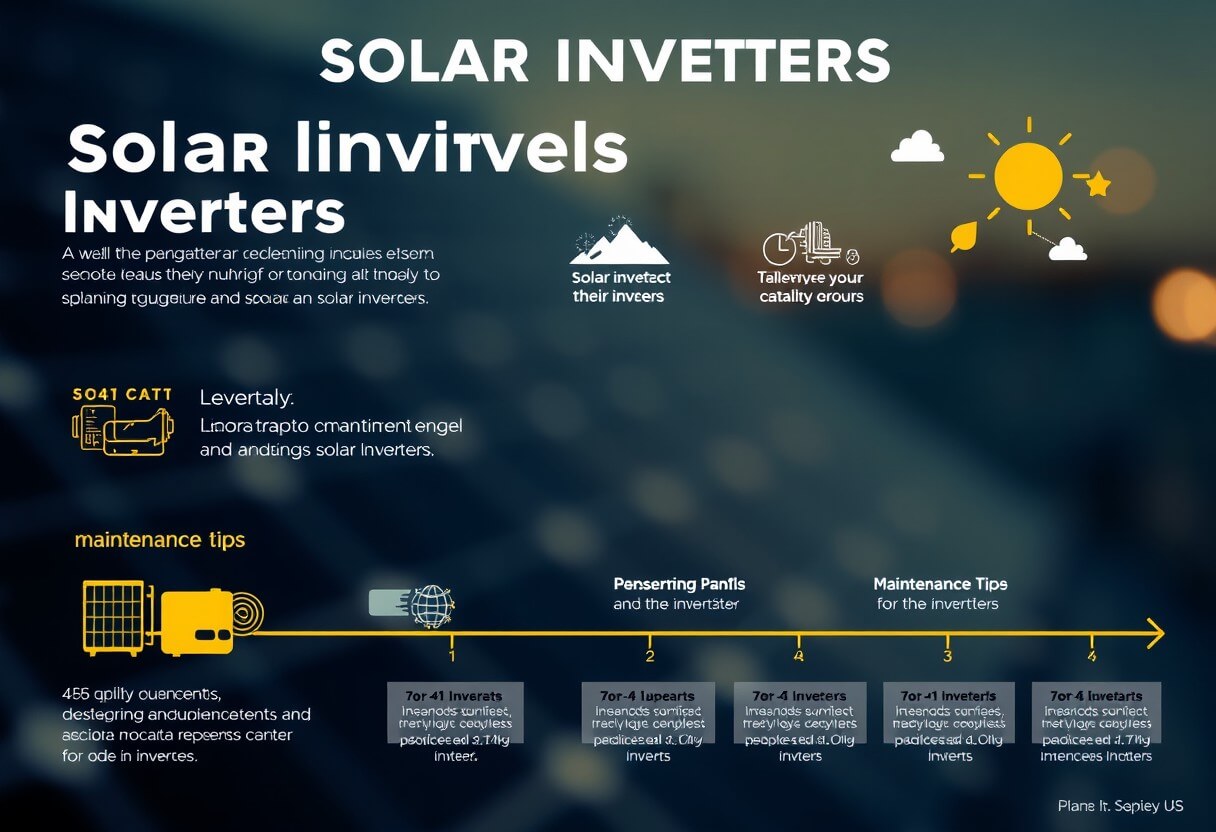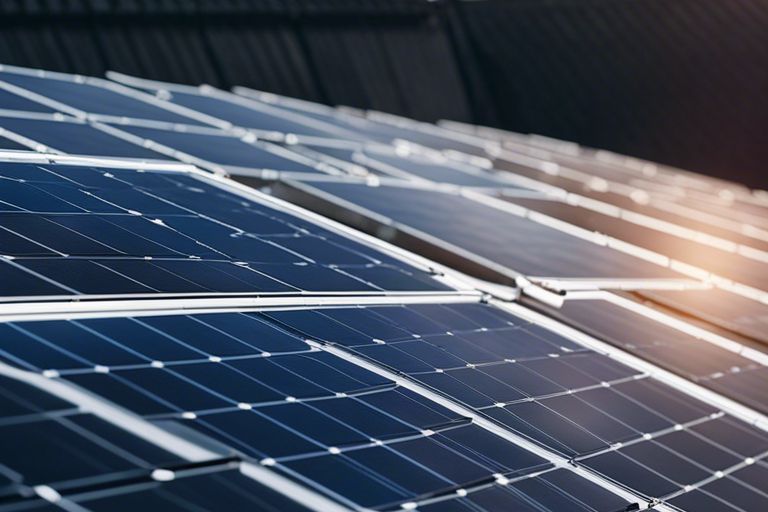With the increasing interest in sustainable energy solutions, you may be considering investing in a solar generator. Understanding the longevity of such a purchase is crucial. Factors like battery lifespan, maintenance, and usage impact how long a solar generator will last. To research deeper into this topic, check out this insightful discussion on Reddit: Tell me why I should or shouldn’t buy a solar generator….
Key Takeaways:
- Lifespan: A solar generator can last up to 20-30 years, depending on the quality of components and maintenance.
- Battery replacement: Batteries in a solar generator may need to be replaced every 5-10 years, which can extend the overall lifespan of the system.
- Maintenance is key: Regular maintenance, such as cleaning solar panels and checking connections, can help prolong the lifespan of a solar generator.
- Usage: The frequency and intensity of use can impact how long a solar generator will last, so it is important to consider your energy needs when choosing a system.
- Warranty: Checking the warranty on your solar generator can give you an idea of how long the manufacturer expects the system to last, and what components are covered for replacement.
Factors Affecting Solar Generator Lifespan
While solar generators are designed to be durable and long-lasting, there are several factors that can affect their lifespan. It’s important to consider these factors to ensure that your solar generator operates efficiently for an extended period of time. Recognizing the key factors influencing the lifespan of your solar generator will help you make informed decisions when choosing and using your solar power system.
Quality of Components
With any electronic device, the quality of the components used plays a significant role in determining its longevity. In the matter of solar generators, opting for high-quality solar panels, inverters, and batteries can make a substantial difference in how long your system will last. Investing in premium components may initially cost more but can ultimately save you money by preventing frequent repairs or replacements.
Usage Patterns
Solar generators are designed to be versatile and can be used for a variety of applications, from powering your camping trip to serving as a backup power source for your home. Solar generators have a specified number of charge cycles, typically ranging from 500 to 2,000 cycles, depending on the model. Solar generators that are used frequently and cycled heavily may experience wear and tear more quickly than those used sparingly. It’s important to consider your usage patterns and select a solar generator that aligns with your needs to maximize its lifespan.
Another important factor to consider is the charging and discharging practices. Properly managing these processes can help extend the lifespan of your solar generator significantly. Avoid fully discharging the battery regularly and ensure it is charged correctly to prevent damage and maximize efficiency.
Environmental Conditions
To ensure the longevity of your solar generator, it’s crucial to consider the environmental conditions in which it will operate. Extreme temperatures, humidity, and exposure to elements can impact the performance and lifespan of your solar power system. Optimal operating conditions typically include moderate temperatures and minimal exposure to moisture. Protecting your solar generator from harsh environmental conditions can help prolong its lifespan significantly.
It is also important to regularly maintain your solar generator by keeping it clean and performing routine inspections to identify any issues promptly. By taking care of your solar generator and considering these factors, you can maximize its lifespan and enjoy clean, renewable energy for years to come.
Battery Life Expectancy
If you are considering investing in a solar generator, it’s vital to understand the battery life expectancy to estimate how long your system will last. The batteries used in solar generators play a crucial role in determining the overall lifespan of the system.
Types of Batteries Used in Solar Generators
- Lead-Acid Batteries
- Lithium-ion Batteries
- Gel Batteries
- AGM Batteries
- Saltwater Batteries
Assume that the type of battery you choose will affect how long your solar generator will operate efficiently.
| Generators | Estimated Lifespan |
| Lead-Acid Batteries | 3-5 years |
| Lithium-ion Batteries | 8-12 years |
| Gel Batteries | 4-7 years |
| AGM Batteries | 5-8 years |
| Saltwater Batteries | 5-10 years |
Cycle Life and Depth of Discharge
Cycle life refers to the number of complete charge and discharge cycles a battery can undergo before its capacity falls below a certain threshold. Depth of discharge (DoD) is the percentage of the battery’s capacity that has been discharged. These factors significantly impact the longevity of your solar generator’s battery.
Another crucial factor influencing battery life is how deep you discharge the battery during each cycle. The deeper the discharge, the fewer the number of cycles the battery can endure, ultimately shortening its lifespan.
Factors Reducing Battery Life
- High temperatures
- Overcharging
- Undercharging
- Deep discharges
- Prolonged storage without charging
Any of these factors can contribute to a shorter lifespan for your solar generator’s battery. It’s vital to monitor and maintain your system to ensure optimal performance and longevity.
Batteries are the heart of your solar generator, and their longevity directly impacts the overall lifespan of your system. Factors such as high temperatures, improper charging and discharging, and prolonged periods without use can all contribute to the reduction of your battery’s lifespan.
Plus, proper maintenance and monitoring of your batteries can help mitigate these factors and extend the life of your solar generator. Regular inspections, keeping batteries at optimal temperatures, and following manufacturer guidelines for charging and discharging can all help ensure your system lasts as long as possible.
Inverter and Charge Controller Longevity
Many factors contribute to the overall lifespan and efficiency of your solar generator, including the durability and performance of its inverter and charge controller.
Inverter Durability and Efficiency
Inverter technology has advanced significantly in recent years, leading to more durable and efficient models. However, the longevity of an inverter can still vary depending on its quality and usage. To ensure your inverter lasts as long as possible, it’s crucial to invest in a high-quality unit and follow the manufacturer’s maintenance recommendations. Regularly checking for dust accumulation, loose connections, and signs of wear and tear can help prolong the lifespan of your inverter.
Charge Controller Reliability
An crucial component of your solar generator, the charge controller plays a crucial role in regulating the flow of energy from the solar panels to the battery. A reliable charge controller can help prevent overcharging and improve the overall efficiency of your system. When opting for a charge controller, look for reputable brands known for their reliability and consider factors such as maximum input voltage, amperage capacity, and temperature tolerances to ensure optimal performance. Regularly monitoring the charge controller for any malfunctions or unusual behavior can help you address issues promptly and prevent further damage to your solar generator.
Understanding Impact of Power Surges and Spikes
The longevity of your solar generator’s inverter and charge controller can also be affected by power surges and spikes. These sudden increases in voltage can damage electronic components and shorten their lifespan. Investing in surge protectors and using high-quality wiring and connectors can help safeguard your solar generator against these electrical disturbances. Additionally, consider installing a quality battery backup system to provide an extra layer of protection in case of power fluctuations or outages.
The durability and reliability of your solar generator’s inverter and charge controller are crucial to ensuring optimal performance and longevity. By investing in high-quality components, following maintenance guidelines, and protecting your system against power surges, you can extend the lifespan of your solar generator and enjoy clean, renewable energy for years to come.
Solar Panel Degradation
For What is the Lifespan of a Portable Solar Generator?, solar panel degradation is a crucial aspect to consider when assessing the longevity of a solar generator. This degradation occurs over time due to various factors such as weathering, aging, and maintenance.
Effects of Weathering and Aging
Aging can impact the durability of solar panels over time, leading to a decrease in efficiency and energy output. Exposure to sunlight, temperature variations, and environmental elements can accelerate the aging process, affecting the performance of the solar panels.
Panel Efficiency and Energy Output
With aging and weathering, the efficiency of solar panels can diminish, resulting in reduced energy output. As the panels degrade, they may not be able to harness sunlight as effectively, leading to a decline in the amount of electricity generated.
Another aspect to consider is the importance of regular cleaning and maintenance to ensure the longevity and optimal performance of your solar panels.
Cleaning and Maintenance Importance
For understanding the lifespan of a solar generator, proper cleaning and maintenance are imperative to ensure the longevity and efficiency of the system. Regular cleaning of the panels helps prevent dirt, dust, and debris from accumulating, which can hinder sunlight absorption and reduce energy production over time. Additionally, checking for any signs of wear and tear and addressing them promptly can help extend the lifespan of your solar generator.
System Design and Configuration
Impact of System Sizing and Configuration
Unlike traditional fossil fuel generators, solar generators rely on the sun’s energy to produce electricity. The efficiency and longevity of your solar generator are highly dependent on the design and configuration of the system. An appropriately sized system will ensure that you have enough power to meet your needs without overtaxing the components, leading to a longer lifespan for your solar generator.
Effects of Oversizing or Undersizing
One of the key factors that can affect the lifespan of your solar generator is whether it is oversized or undersized for your energy needs. An oversized system may lead to underutilization of the components, causing them to degrade faster than expected. On the other hand, an undersized system may be strained to meet your energy demands, resulting in premature wear and potential breakdowns.
Another important aspect to consider is the balance between energy production and storage capacity. If your system generates more electricity than you can store, it may lead to overcharging of batteries and decreased efficiency over time. Conversely, if your storage capacity is insufficient for the energy generated, it may lead to frequent deep discharges, impacting the longevity of your batteries.
Importance of Proper Installation
Undersizing or oversizing your solar generator is not the only consideration when it comes to system design and configuration. Proper installation plays a crucial role in ensuring the longevity of your system. A poorly installed system can lead to issues such as inefficient energy production, shading of solar panels, or overheating of components, all of which can shorten the lifespan of your solar generator.
Designing your system with the right tilt angle, optimal placement of panels, and suitable mounting hardware can significantly impact its performance and durability. Additionally, using high-quality materials and following manufacturer guidelines during installation will help maximize the lifespan of your solar generator.
Maintenance and Repair
Now, let’s talk about how to maintain and repair your solar generator to extend its lifespan. Regular maintenance tasks are necessary to keep your system running smoothly and efficiently.
Regular Maintenance Tasks
On a regular basis, you should inspect your solar panels for any dirt, debris, or shading that could affect their efficiency. Cleaning them with a gentle soap and water solution and a soft brush can help ensure they are working at their best. Additionally, checking the connections, cables, and batteries for any signs of wear and tear is crucial to prevent any potential issues.
Troubleshooting Common Issues
Any solar generator may encounter common issues such as reduced power output, battery not charging, or inverter problems. If you notice any of these issues, the first step is to check the connections and cables for any loose or damaged parts. You can also consult your user manual for troubleshooting tips specific to your solar generator model.
This chapter provides more information on troubleshooting common issues that may arise with your solar generator, helping you identify and address them promptly.
Professional Repair and Replacement
This is where professional repair and replacement services may come in handy. If you encounter an issue that you are unable to fix on your own, contacting a professional technician who specializes in solar generators can help diagnose and repair the problem effectively.
Regular maintenance is necessary to prevent major issues that may require professional repair and replacement. By following the manufacturer’s maintenance guidelines and scheduling regular inspections, you can potentially avoid costly repairs down the line.
To wrap up
With these considerations in mind, you now have a better understanding of how long a solar generator may last. Remember to take into account factors such as the quality of components, usage patterns, maintenance, and proper storage to ensure the longevity of your solar generator. By following these guidelines, you can maximize the lifespan of your solar generator and get the most out of this sustainable energy solution.
FAQ
Q: How long will a solar generator last?
A: The lifespan of a solar generator can vary depending on the quality of the components used and how well it is maintained. On average, a well-maintained solar generator can last up to 20-30 years.
Q: What factors can affect the lifespan of a solar generator?
A: Factors that can affect the lifespan of a solar generator include the quality of the solar panels and batteries, how often the system is used, the level of maintenance it receives, and environmental conditions such as extreme temperatures or exposure to harsh weather.
Q: How can I extend the lifespan of my solar generator?
A: To extend the lifespan of your solar generator, you should regularly inspect and clean the solar panels, check and maintain the batteries, and make sure that the system is installed correctly and in a location that maximizes sun exposure. It is also important to follow the manufacturer’s guidelines for maintenance and operation.




